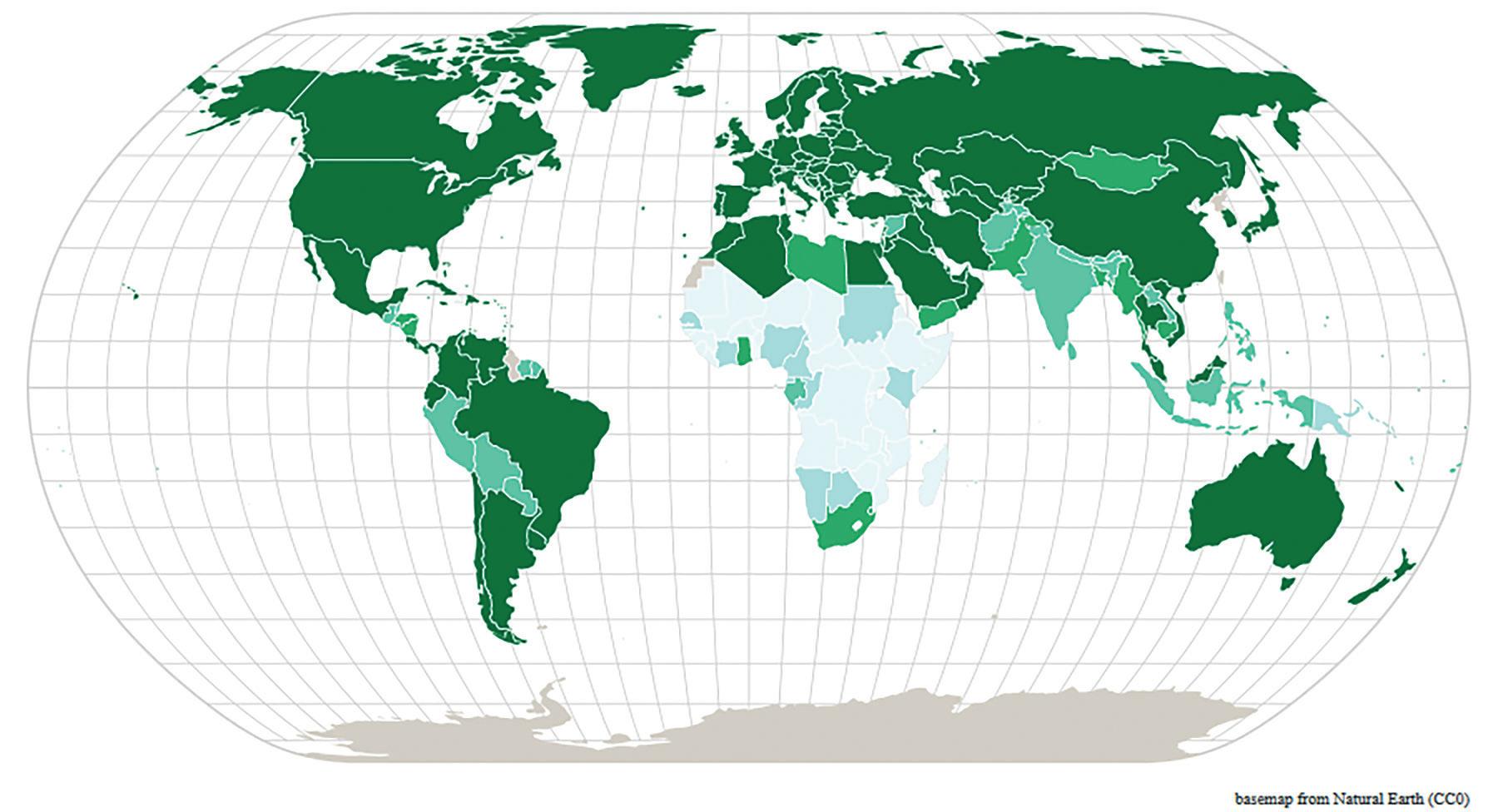
2 minute read
1.2 – Advantages, Constraints, andOpportunities Arising from a Commons-Based Approach
Renewing Energy Access Approaches Proposals for Mobilizing Commons to Encourage and Guide Subsidiarity
Table 1 - Ostrom’s eight design principles applied to decentralized electricity access systems
BASIC PRINCIPLES
Clearly defined boundaries for the resources and the community with access to them (the “commoners”).
Congruence between the rules for use of the resource and conditions in relation to local needs. Possible if the community is involved in making upstream choices (sizing, pricing, rules) and is involved in governance.
Commoners routinely participate in defining and modifying the rules. DECENTRALIZED ELECTRICITY ACCESS SYSTEMS The resource is well defined (production unit and distribution system), as is the community with access to it. The rules for deciding to extend production and the grid may be defined (and revised).
Possible if the regulatory framework permits this, and if users demonstrate their desire to do so.
External authorities respect the right of the commoners to draw up their own rules.
There must be a system to oversee the common resource and the individual behavior of the commoners, who are held accountable to their community. Possible if the legal and regulatory framework permits this, and if the operator and regulatory authorities are willing to facilitate the involvement of local communities, in the long term and irrespective of political mandates. Possible through the involvement of the local community in management and governance of the electricity access system. Accountability to the local community for governance may be laid down in the statutes of local governance bodies and in contractual arrangements between local organizations, regulatory bodies (such as rural electrification agencies), and members of the community.
Establishment of a graduated system of sanctions.
Possible if the local governance body is granted the option to define this system of graduated sanctions, ranging between a reprimand and exclusion. Establishment of a low-cost conflict resolution system. Possible through the involvement of the community and local institutions in governance and in the conflict resolution process.
If need be, establishment of a governance system on several levels focusing on the local communities in a subsidiarity-based logic. Possible, for example, by the villages supplied with electricity being represented in regional or national bodies such as cooperatives.
1.2 – Advantages, Constraints, and Opportunities Arising from a Commons-Based Approach
In terms of decentralized electrification, one factor leading to success and sustainable investment is ownership by the local community (Franz et al., 2014; Bhattacharyya, 2013; Gollwitzer and Cloke, 2018), which requires the involvement of the local authorities and users (or future users). The involvement of communities in fact constitutes by itself a commons perspective, in that it introduces a measure of supervision by local communities of the way in which the electricity access system is set up, operated, and managed. Local communities’ level of involvement can vary. Introducing a commons-based approach specifically addresses two recurring problems that can be encountered with mini-grids: that of their proper maintenance, and the limiting of fraud and non-payment (Berthélemy, 2016). However, adopting this approach also entails certain specific constraints and risks pointed out in various publications (Gollwitzer and Cloke, 2018; Jacquemot and Reboulet, 2017; Bhattacharyya, 2013). Table 2 below summarizes the advantages and the main constraints and opportunities identified for the stakeholders (ministries, local authorities, funding agencies, NGOs, etc.) when a commons-based approach is adopted in the development of decentralized electricity access systems.



